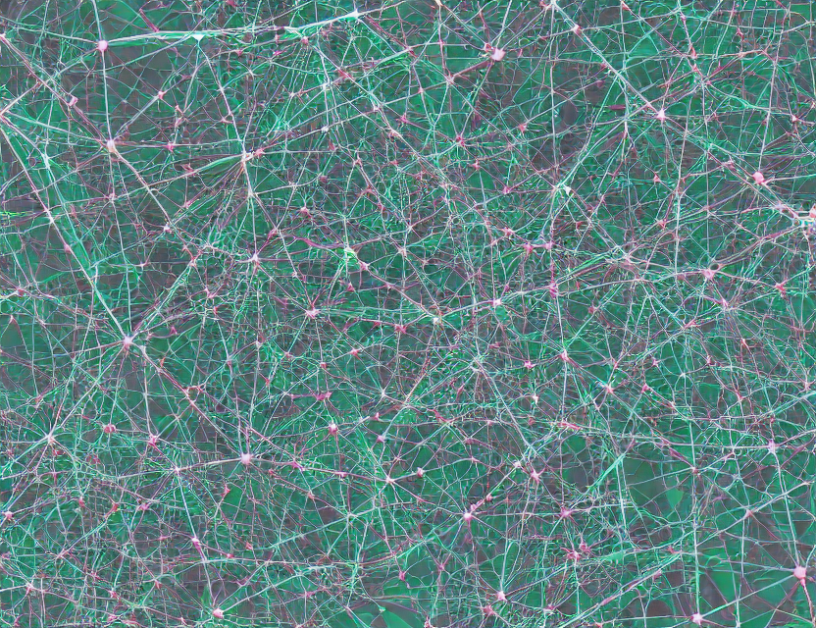In this article, we explore the concept of cycle-related graph representation learning, which is a crucial aspect of graph neural networks (GNNs). GNNs are designed to learn representations of graphs, and cycle-related information is an essential component of these representations. The authors discuss two perspectives on encoding cycle-related information in GNNs: summarizing the number of substructures and extracting semantic information about cycles.
Perspective 1: Summarizing the Number of Substructures
The first perspective involves encoding the number of substructures in a graph as augmented node features. This approach is based on the idea that the more substructures a node has, the more important it is in the graph. The authors provide examples of works that use this approach, such as [8] and [61].
Perspective 2: Extracting Semantic Information about Cycles:
The second perspective involves extracting semantic information about cycles in a graph. This approach is based on the idea that cycles have inherent meaning in graph structure, and that we can capture this meaning by encoding cycle-related features in the GNN’s representation. The authors provide examples of works that use this approach, such as [23] and [63].
Combining Both Perspectives
The authors also discuss how to combine both perspectives to leverage their strengths. They argue that combining summarized substructure counts with cycle-related features can lead to a more comprehensive understanding of graph structure.
Conclusion
In conclusion, this article provides a detailed overview of the two main perspectives on encoding cycle-related information in GNNs. By summarizing the number of substructures and extracting semantic information about cycles, these approaches offer a comprehensive way to represent graph structure. The authors also discuss the benefits of combining both perspectives to create a more nuanced understanding of graphs. Overall, this article provides valuable insights into the complex world of graph neural networks and their ability to capture cycle-related information.



